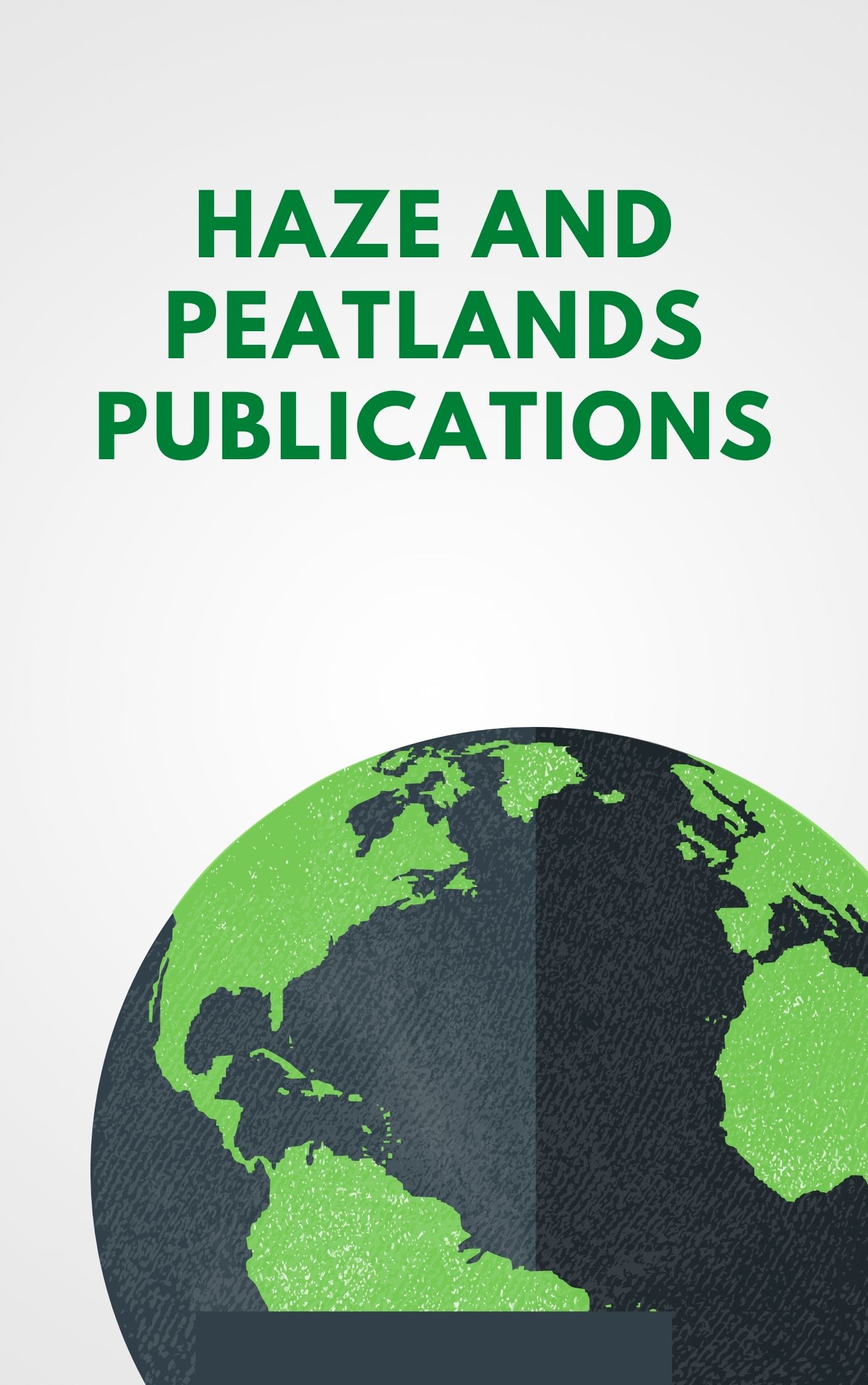Changes in the conditions in the 'warm pool' in the Pacific region are reflected in the changes in the local climate system of the Philippines. Both El Niño and La Niña episodes in the Pacific Oceans introduce high variability into the local climate pattern, especially rainfall, in the Philippines. Whereas El Niño appears when annual rainfall is ≥10% lower than normal annual rainfall, La Niña occurs when annual rainfall is at least equal to the normal. About 15.7 million ha of forest cover had been lost between 1903 and 1998, but only 1.64 million had been reforested in the same period, indicating the presence of unbelievably low ecological stability. Apart from this, the denuded forests freed about 8.24 x 109 Mg C into the atmospheric greenhouse pools. Neither deforestation nor reforestation was undertaken with deliberate regard to the occurrences of El Niño or La Niña. Very high rates of deforestation were observed to coincide with or precede strong El Niño or Niña episodes, thus confounding further the ecological instability of denuded forest systems, especially those with slope ≥18%. Similarly, the reforestation cycle indicates that saplings are at most 5 years old every time an El Niño or a La Niña occurs; in most reforestation schemes, saplings are only 1-2 years old when these events occur. These reforested areas are vulnerable to drought in El Niño years and to high runoff erosion during La Niña years. Because they are young, saplings in reforested areas dry easily and pose hazards to forest fires, which were observed to destroy larger tracts of forest cover during El Niño more so when annual rain ≥10% below the normal. In retrospect, the study indicated that had forests been exploited with conscious regard to the recurrence of El Niño or La Niña episodes, ecological impacts could at least be toned down. In the same vein, reforestation should have been more successful it were implemented with due considerations to extreme climate variability. Once trees were planted, the weather elements become more crucial than politicians' meddling and other socio-economic factors to the growth and development of reforested sites.
View source

